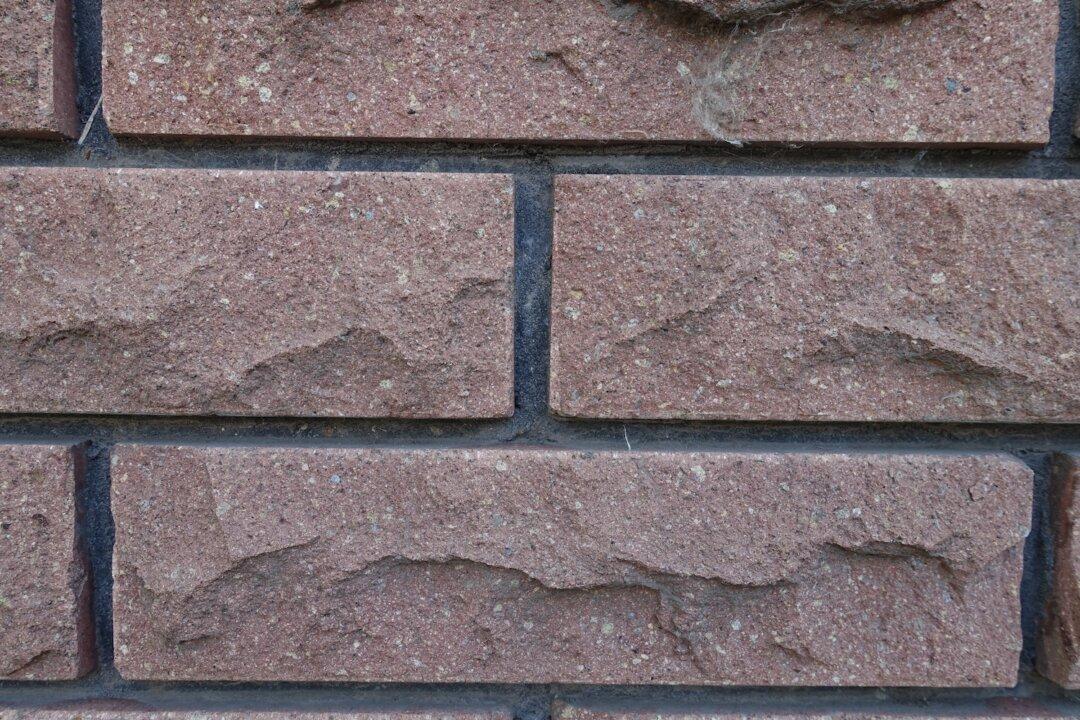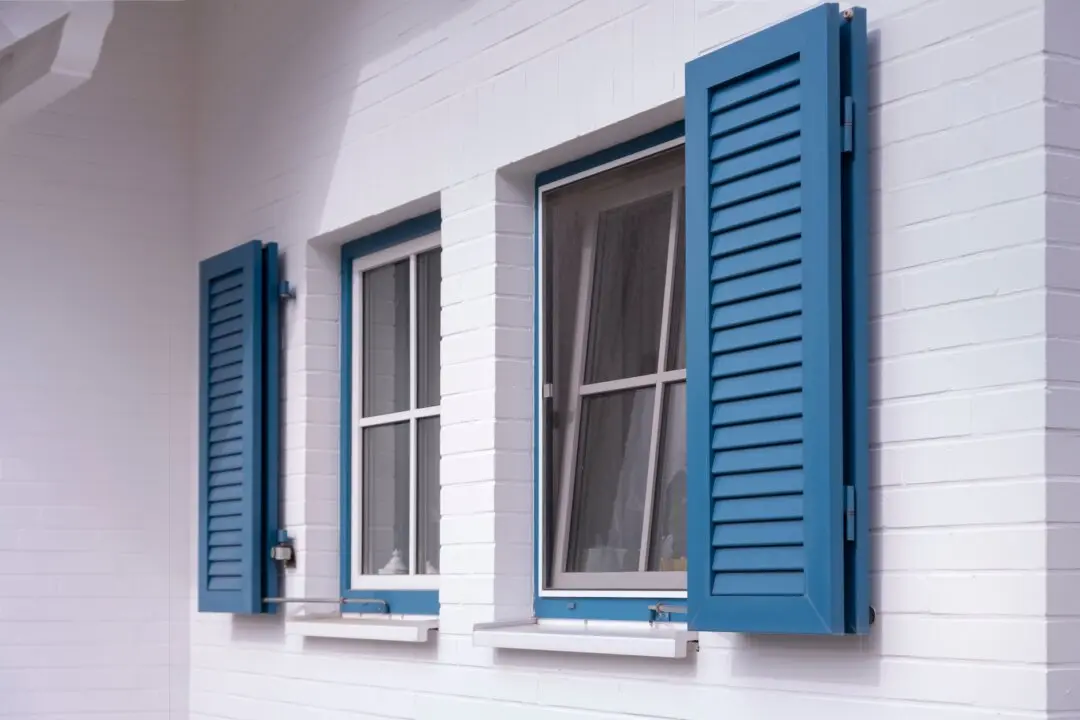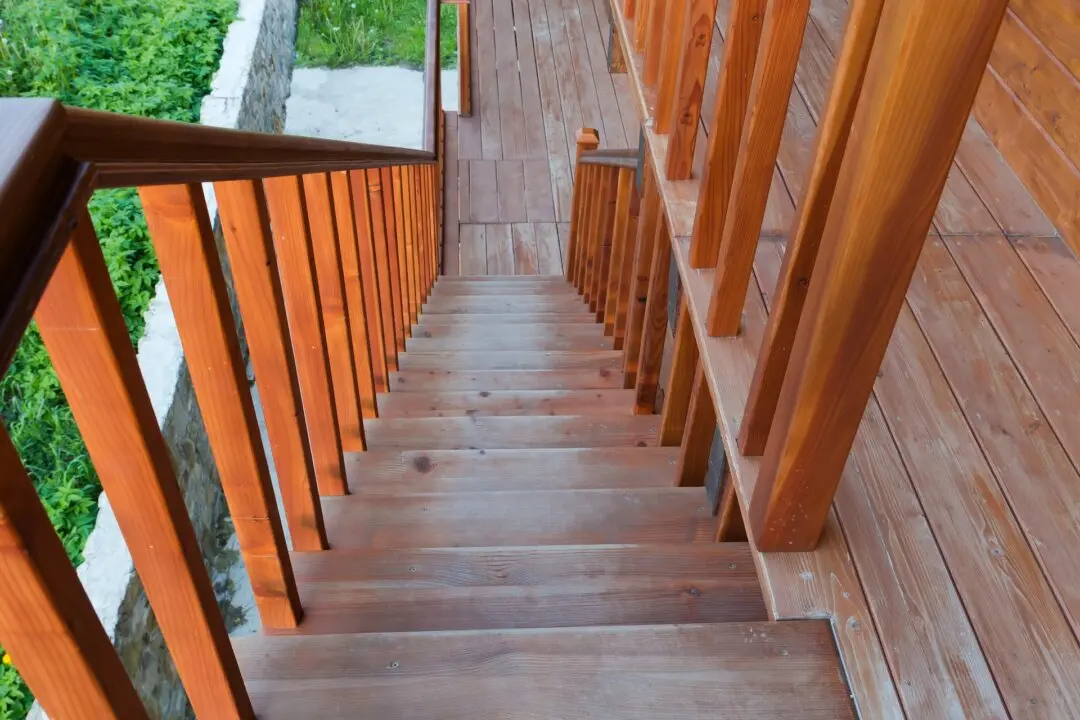Dear James: After a rain, the floors are often damp. Our house has brick over wood framed walls. Can this be corrected? What should we do for our new room addition?—Christine R.
Dear Christine: The dampness on the floor is most probably from water coming in through the brick walls. It is important to correct this because if the floors are damp, the lumber and insulation inside of the wall are probably pretty wet. That rots wood and makes the insulation ineffective.





